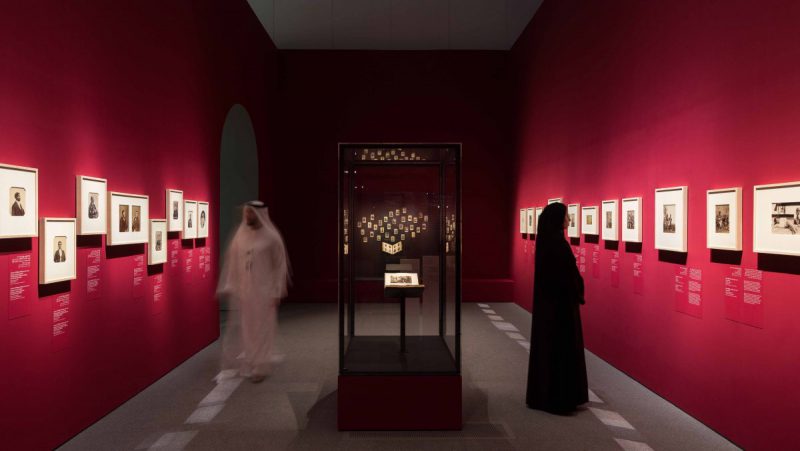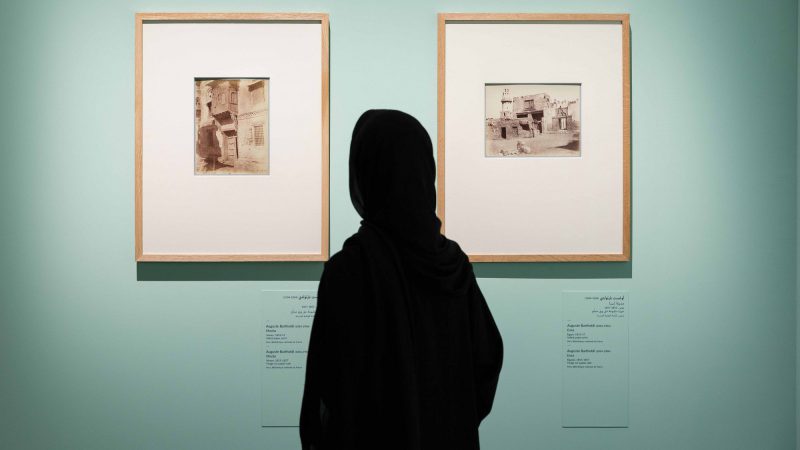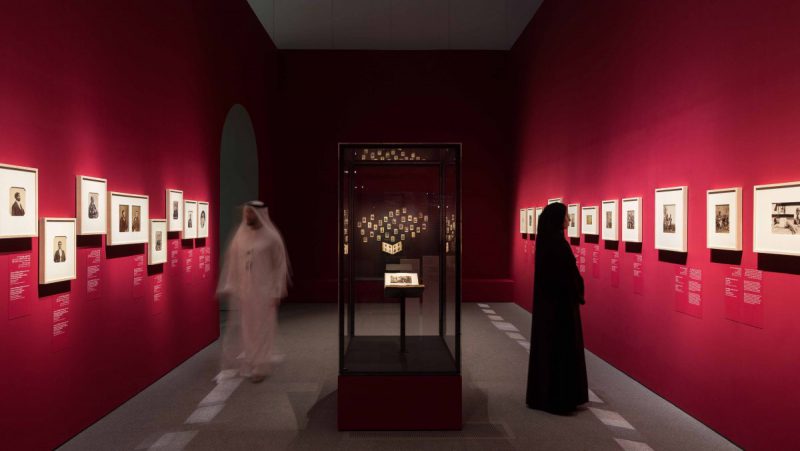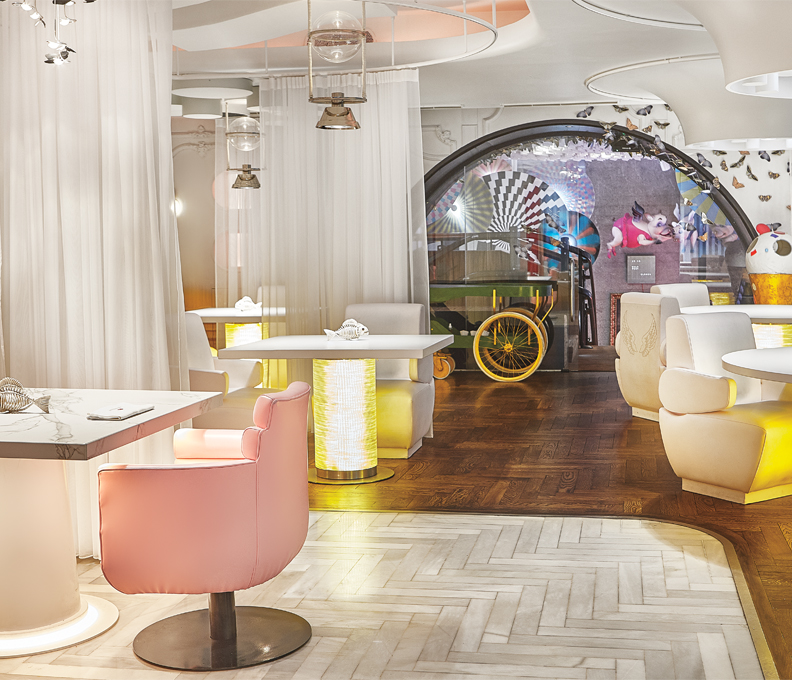Louvre Abu Dhabi Shines Light on World’s Earliest Photographs
Visitors can view more than 250 of the earliest photographs in the world, including images from Saudi Arabia, Egypt, India, the Philippines, through mid-July at the iconic art museum
April 23, 2019

Louvre Abu Dhabi is launching its fourth international exhibition with A World of Exchanges, Photographs 1842 – 1896: An Early Album of the World.
The exhibit explores the development of photography during its first years in a rare display of some of the earliest images taken by travelers and sailors in the Middle East, Africa, Asia, India and the Americas. Running through July 13, 2019, the exhibition traces the dissemination of photography as a form of presentation and documentation, and an instrument of discovering and understanding the world and its people, through a wide selection of over 250 historic photographs taken between 1842 and 1896.
Organised by Louvre Abu Dhabi, musée du quai Branly – Jacques Chirac and Agence France-Muséums, the exhibition includes some of the earliest photographs produced outside of Europe. The works on display include exceptional loans from musée du quai Branly – Jacques Chirac, Bibliothèque nationale de France, musée national des arts asiatiques – Guimet, l’Etablissement public du Musée d’Orsay, la Société de Géographie and La Cité de la Céramique – Sèvres & Limoges. The exhibition is curated by Christine Barthe, Head of the Photographic Collections Heritage Unit at the musée du quai Branly – Jacques Chirac.
“Louvre Abu Dhabi aims to tell the story of humanity, and photography is one of the most important tools that has contributed to the documentation of the history of the world and its diverse cultures,” said HE Mohamed Khalifa Al Mubarak, Chairman of the Department of Culture and Tourism, Abu Dhabi.
The exhibition displays works by prominent international photographers, including Charles Guillain, a French ship’s captain who took part in a diplomatic voyage down the coast of Africa in 1847-48; Désiré Charnay, an archaeologist who photographed the first pre-Hispanic sites in Mexico; Marc Ferrez, the first Brazilian photographer to receive international recognition; William Ellis, an English missionary who travelled through Madagascar; Lai Afong a Chinese photographer who established one of the early photographic studios in Hong Kong; Kassian Cephas, the first Indonesian to become a professional photographer, and Egyptian military engineer Muhammad Sadiq Bey, who took the first photographs of the Holy Places in Medina and Mecca circa 1881. The exhibition also presents a visual record of Auguste Bartholdi’s voyage to Egypt, Nubia (current day Sudan) and Palestine to photograph the principal monuments. This collection was his first and last interaction with the medium of photography, before he went on to sculpt the Statue of Liberty.
In an attempt to showcase the passing of using the medium of photography by European explorers to local authorities and rulers, the show presents the earliest photographic images from India by Lala Deen Dayal, an engineer by training who developed a passion for photography and opened several professional studios in different Indian cities. During the Ottoman empire in Constantinople, otherwise known as modern day Istanbul, the Abdullah Brothers rose to fame by photographing the Ottoman elite and the new ruling classes.
Alongside the exhibition, Louvre Abu Dhabi will host a range of educational and cultural activities around the theme of photography, including workshops, four film screenings, a conference and a cine-concert entitled In the Land of the Head Hunters, after the name of the movie directed by American photographer and ethnologist Edward S. Curtis on 25 and 26 of April. In this unique live concert, French musician Rodolphe Burger performs his musical interpretation of one of the most beautiful silent-movies ever made. Mixing electronic and Native American music, Burger improvises the score for this rare 1914 movie masterpiece, a Native American version of Romeo and Juliet, where love leads to war and murder.
Entrance to the exhibition is free with the museum’s admission ticket. Admission is free for children under the age of 13. Visitors can tour the exhibition through a multimedia guide that is available in Arabic, English, and French. More information: www.louvreabudhabi.ae.





